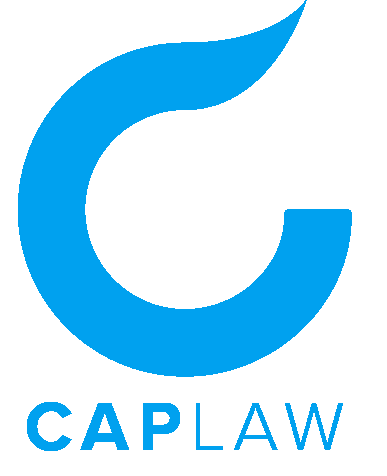LIHWAP: A Primer for the Community Action Network
LIHEAP Comparison
While LIHWAP is closely modeled on LIHEAP, it differs in multiple respects:
- LIHEAP is a block grant, but LIHWAP is not. LIHWAP is a temporary mandatory grant program that will end once the appropriated funds are spent.
- LIHEAP benefit payments may be provided to eligible households, whereas LIHWAP funds must be paid directly to the water utility servicing the eligible household.
- In most States, there are significantly more water utilities than energy utilities, and many water utilities are unfamiliar with LIHEAP and LIHWAP. Eligible households may also have bills from multiple companies that qualify for LIHWAP assistance. Successful implementation of LIHWAP will require that Recipients and Subrecipients educate themselves about the drinking and wastewater services providers in their area and establish productive relationships with public utilities. The materials from OCS’s Information Session on Vendor Agreements can be very helpful for understanding the different structures of water utilities that may receive LIHWAP payments.
- LIHEAP is subject to only a few provisions of the Uniform Administrative Requirements, Cost Principles, and Audit Requirements for HHS Awards at 45 CFR Part 75 (the Uniform Guidance). However, the entirety of the Uniform Guidance applies to LIHWAP (LIHWAP Terms and Conditions).
- Recipients automatically carry over all LIHWAP funds received in FY2021 and FY2022 without having to submit a request to OCS, but all funds must be obligated by September 30, 2023, and expended (liquidated) by December 31, 2023. CAAs should check the terms and conditions of their subawards for additional deadlines for spending LIHWAP funds.
This resource is part of the Community Services Block Grant (CSBG) Legal Training and Technical Assistance Center. It was created by CAPLAW in the performance of the U.S. Department of Health and Human Services, Administration for Children and Families, Office of Community Services, Cooperative Agreement Award Number 90ET0482-02. Any opinion, findings, conclusions, or recommendations expressed in this material are those of the author(s) and do not necessarily reflect the views of the U.S. Department of Health and Human Services, Administration for Children and Families.
